Cornell Infirmary, the former Sage Mansion, was ground zero of the epidemic for students at the university. Overcrowded, offering substandard care, the typhoid death rate here was higher than at City Hospital. The Leighton & Valentine Co.
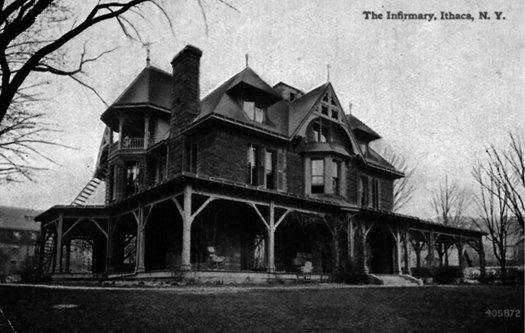
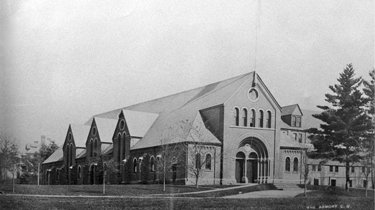
Cornell Armory was the scene of the doomed Junior Prom in 1903, held near the height of the epidemic. Ira June Owens Scrapbook, Cornell University Rare and Manuscript Collections
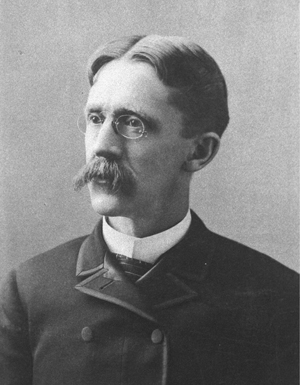
Brainard G. Smith was editor of the Ithaca Daily Journal during the epidemic. He was a professional colleague and rival of Duncan Campbell Lee. Hamilton College Archives

Frank E. Gannett was managing editor of the Ithaca Daily News under Duncan Campbell Lee when the typhoid epidemic broke out in Ithaca in 1903. He later built a newspaper empire and ran for the Republican nomination for President in 1940. Gannett Collection, Cornell University Rare and Manuscript Collections

Ever the idealist, Duncan Campbell Lee took leave of the Cornell faculty in 1898 to join the Army to fight to free Cuba from Spanish rule. His unit, which never saw action, was hard hit by typhoid. When he returned home, Lee bought the Ithaca Daily News and hired Frank E. Gannett as managing editor. Courtesy of Nancy Lee Gluck
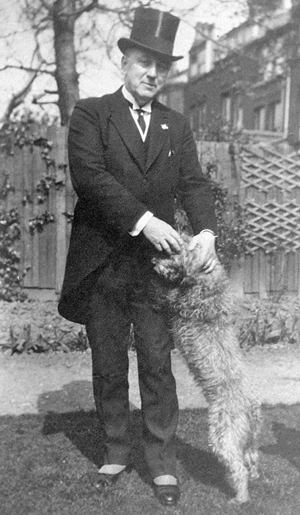
After his downfall in Ithaca, Duncan Campbell Lee went into exile in London, where he became a lawyer. Courtesy of Nancy Lee Gluck

The three Griffis children were hard hit by the Ithaca typhoid epidemic. John Elliot Griffis, center, and Lillian Griffis, right, developed the disease but survived. Stanton Griffis, left, later chairman of Paramount Pictures and U.S. Ambassador to Argentina in the time of the Perons, escaped the fever but was a pallbearer for a friend who did not, Willis Dean, 17, an Ithaca High School classmate. William Elliot Griffis Collection, Rutgers University Libraries

This editorial cartoon captured the pathos of the 1903 typhoid epidemic. The cartoon was pasted into a student scrapbook and the newspaper which published it is unknown. Kenneth Bertrand Turner Scrapbook, Cornell University Rare and Manuscript Collections

Jacob Gould Schurman was president of Cornell University during the typhoid epidemic. Lillian Puris Heller Scrapbook, Cornell University Rare and Manuscript Collections

The Utica Journal on February 28, 1903, published these portrait illustrations of four of the Cornell men who died in the epidemic. Kenneth Bertrand Turner Scrapbook, Cornell University Rare and Manuscript Collections

Charlotte Spencer was the second Cornell student and the first coed to die in the epidemic. Kenneth Bertrand Turner Scrapbook, Cornell University Rare and Manuscript Collections. First published in Utica Journal, Feb. 28, 1903.
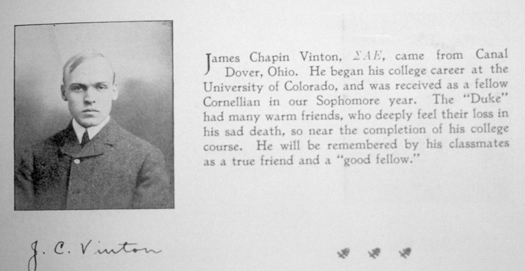
James C. Vinton’s fellow students paid tribute to him in the Class Book after he died of typhoid during the epidemic. Cornell University Rare and Manuscript Collections

Professor Veranus A. Moore, who taught bacteriology at the Cornell Veterinary School, did important work to establish the cause of the typhoid epidemic. Cornell University Rare and Manuscript Collections

Professor Emile M. Chamot of Cornell had been concerned about the quality of Ithaca water for years. His methodical testing left no doubt that Ithaca’s water was of poor quality even when it was not contaminated with typhoid germs. Cornell University Rare and Manuscript Collections
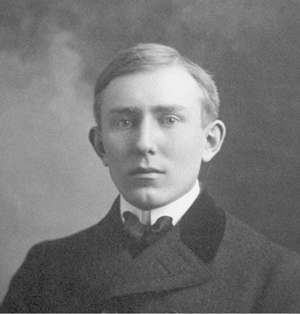
Shirley Clarke Hulse, a young assistant to Gardner S. Williams, failed to enforce camp sanitation during the Six Mile Creek Dam project. Cornell University Rare and Manuscript Collections
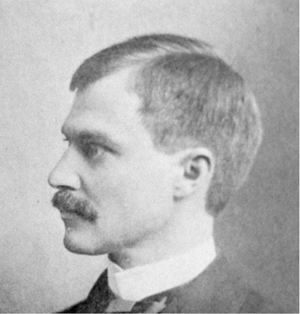
Gardner S. Williams, an engineering professor at Cornell, designed the star-crossed Six Mile Creek Dam for William T. Morris. Cornell University Rare and Manuscript Collections

George A. Soper was dispatched to Ithaca by the New York State Health Commissioner to bring the typhoid epidemic under control. He carried out an intensive cleanup project in Ithaca aimed at stopping new secondary typhoid infections. Rosenberg Library, Galveston, Texas

View from McGraw Tower of the Arts Quad of the Central Campus of modern day Cornell University. In 1903, this quad contained most of the school’s classroom buildings and was at the heart of student life. David DeKok

Cayuga Lake and part of Ithaca from McGraw Tower. David DeKok

Cornell benefactor Andrew Carnegie. Library of Congress

Cornell students from the Class of 1903 wait for graduation ceremonies to begin on June 18, 1903. Behind them is Sibley College, the Cornell engineering school. Marie Paula Geiss Scrapbook, Cornell University Rare and Manuscript Collections

Grave of Ruia Coon, an Ithaca High School student who died of typhoid at age eighteen on Feb. 12, 1903. David DeKok
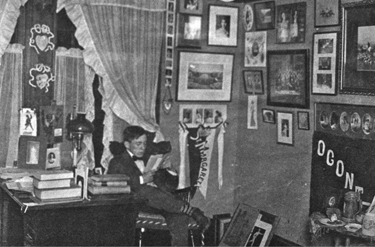
A typical Cornell University student room in Ithaca during the 1902–1903 school year. Ira June Owens Scrapbook, Cornell University Rare and Manuscript Collections